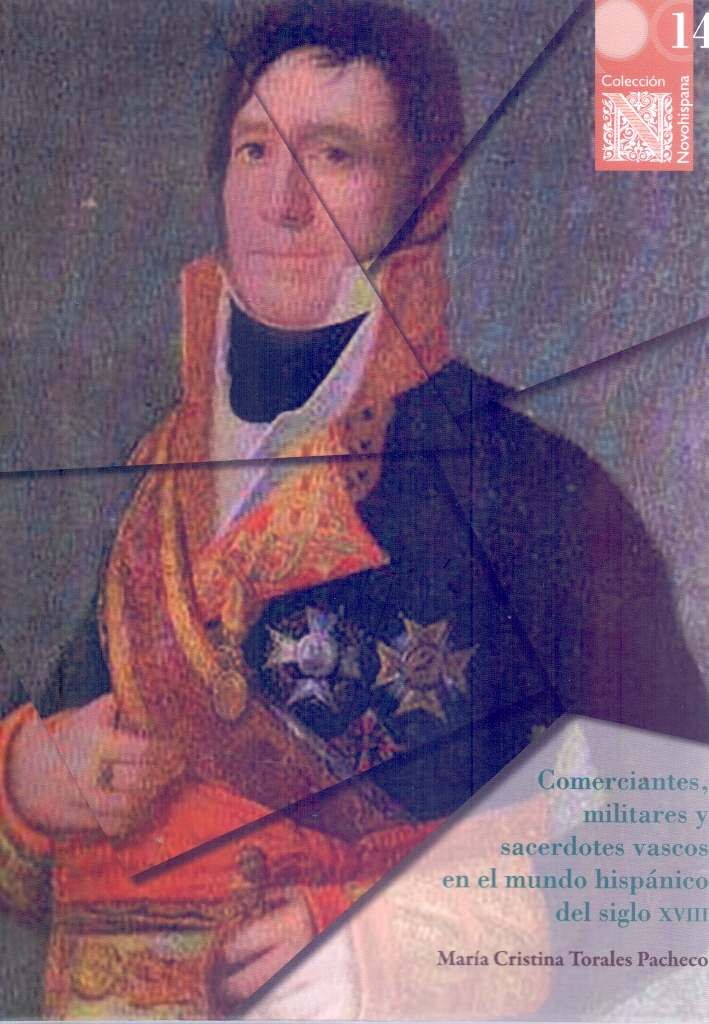Libros relacionados
 |
Espacios Para Mujeres: Fundaciones y Comunidades Femeninas en el Valle de Méxic Barreto Ávila, Diana Bonilla Artigas Editores |
 |
Enemigos Fueron Todos: Vigilancia y Persecución Política en el México Posrevoluc Valdez César Bonilla Artigas Editores |
 |
Historia Imperial del Santo Oficio (Siglos XV-Xix) Fernando Ciaramitaro, Miguel Rodrigues Lourenço Bonilla Artigas Editores |
 |
Comerciantes, Militares y Sacerdotes Vascos en el Mundo Hispánico del Siglo XVII Torales Pacheco, María Cristina Bonilla Artigas Editores |
 |
El Crisol y la Flama: Grupos Sociales y Cofradías en Pátzcuaro (Siglos XVI y XVI Flores García, Laura Gemma Bonilla Artigas Editores |
 |
A Propósito del Diseño: Reflexión y Crítica Desde la Academia Martha Patricia Zarza Delgado; Joaquín Trinidadiduarte Urbie Bonilla Artigas Editores |
 |
La Caída del Imperio Otomano y la Creación de Medio Oriente Carlos Martínez Assad Bonilla Artigas Editores |


|
Título: Bicycle Design | |
| Autor: Hadland Tony | Precio: $560.00 | |
| Editorial: The Massachusetts Institute Of Technology | Año: 2014 | |
| Tema: Diseño, Historia, Bicicleta | Edición: 1ª | |
| Sinopsis | ISBN: 9780262026758 | |
| The bicycle ranks as one of the most enduring, most widely used vehicles in the world, with more than a billion produced during almost two hundred years of cycling history. This book offers an authoritative and comprehensive account of the bicycle's technical and historical evolution, from the earliest velocipedes (invented to fill the need for horseless transport during a shortage of oats) to modern racing bikes, mountain bikes, and recumbents. It traces the bicycle's development in terms of materials, ergonomics, and vehicle physics, as carried out by inventors, entrepreneurs, and manufacturers.
Written by two leading bicycle historians and generously illustrated with historic drawings, designs, and photographs, Bicycle Design describes the key stages in the evolution of the bicycle, beginning with the counterintuitive idea of balancing on two wheels in line, through the development of tension-spoked wheels, indirect drives (employing levers, pulleys, chains, and chainwheels), and pneumatic tires. The authors examine the further development of the bicycle for such specific purposes as racing, portability, and all-terrain use; and they describe the evolution of bicycle components including seats, transmission, brakes, lights (at first candle-based), and carriers (racks, panniers, saddlebags, child seats, and sidecars). They consider not only commercially successful designs but also commercial failures that pointed the way to future technological developments. And they debunk some myths about bicycles -- for example, the mistaken but often-cited idea that Leonardo sketched a chain-drive bike in his notebooks. Despite the bicycle's long history and mass appeal, its technological history has been neglected. This volume, with its engaging and wide-ranging coverage, fills that gap. It will be the starting point for all future histories of the bicycle. |
||
Librería Bonilla SA de CV © Todos los derechos reservados. 2019
Última actualización: Jul 2019









